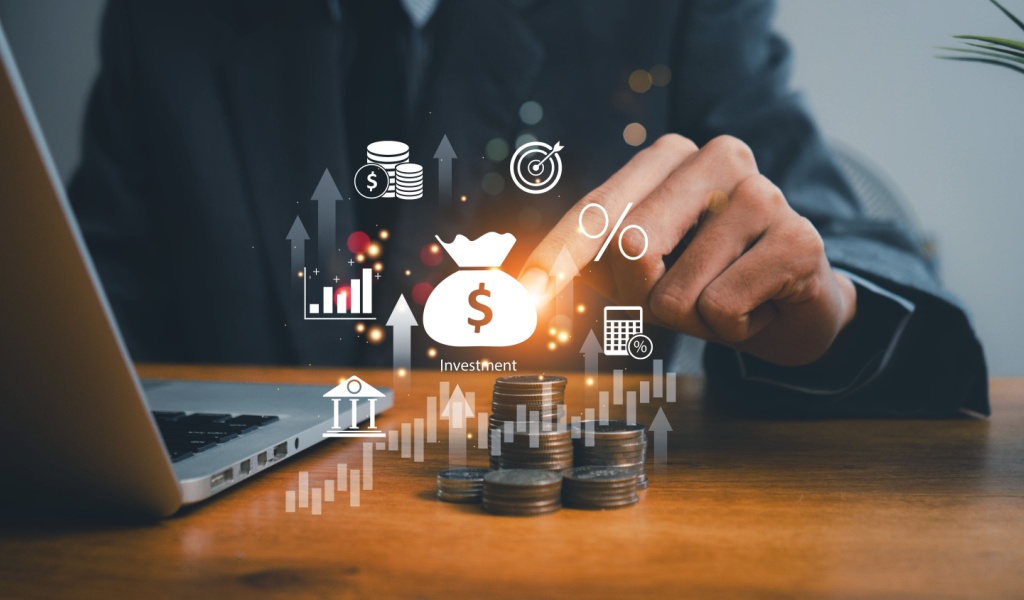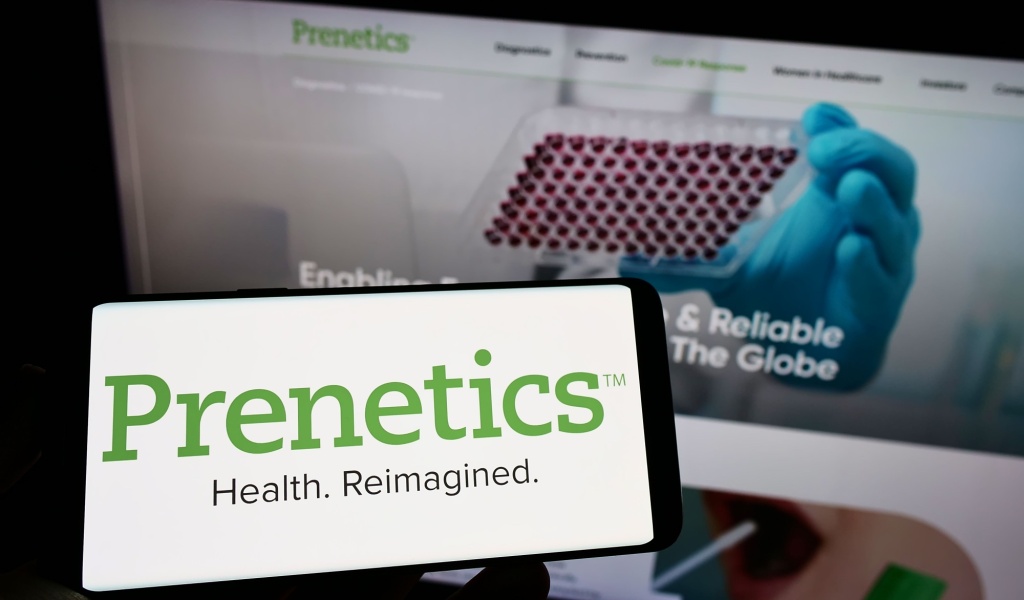Unlike the past century, retirement planning is not just about collecting money in a bank account and being hopeful anymore. Technological advancements have entirely changed our approach to planning our golden days, making it more customized, readily available, and data-driven. Nowadays, tech tools and inventions are transforming how we handle our finances and retirement. Let’s discuss how.

Technology, the New Significant Expense of Retirement
According to Forbes, technology is becoming an essential cost in retirement planning. It’s not just about building a nest egg anymore; technology has become crucial for handling retirement funds and determining lifestyles. Applications that monitor spending to AI that helps enhance savings are just two examples of this.
For instance, personal finance apps such as Mint, YNAB (You Need A Budget), and Personal Capital make it convenient for people to track their spending, budgeting, and investments with fast information. These tools give people more control over their finances – something old methods couldn’t offer. With services such as Betterment and Wealthfront, people can now use AI-powered systems to control their investments automatically, enhancing portfolios for development and managing risks.
Healthier Retirements with Technology
One of the biggest obstacles people go through in retirement is healthcare. With healthcare expenses increasing, planning for medical costs has become a challenge for many retirees. Accessibility also becomes an issue as older people face reduced mobility. Thankfully, technology has offered new solutions to overcome these issues.
Telemedicine is one invention that has made healthcare more accessible to retirees, particularly for people with limited mobility or people who live in distant places. With telehealth services, retirees can effortlessly consult doctors or specialists via video calls, saving time and money while still obtaining good treatment.
Moreover, wearable health devices, like fitness trackers and smartwatches, are assisting retirees in staying fit. These devices monitor physical activity, measure heart rate, and even identify possible health problems before they become worse. For instance, certain smartwatches can spot irregular heartbeats and warn the wearer to seek medical care before a serious health issue occurs. These technologies help seniors live healthier lives and offer useful data that can be valuable in their retirement planning.
The Growth of Digital Retirement Tools
The financial services sector has responded to the demand for improved retirement planning tools by designing many digital platforms and resources meant to make the procedure more reachable and manageable. Apart from apps and AI-powered robot advisors, various digital tools help people monitor their retirement progress, assess savings plans, and track portfolios.
One significant progress is the growth of retirement calculators that offer tailored forecasts depending on a person’s financial condition and future goals. These calculators now include more variables than ever, like tax charges, inflation, medical expenses, and other likely future costs, providing a better and more accurate picture than old models.
For instance, tools like T. Rowe Price’s Retirement Income Calculator let people enter precise information about their revenue, savings, and estimated costs to calculate how much money they’ll need to save to sustain their preferred retirement lifestyle. These tools help people take proactive measures for retirement, providing them with insights into whether they’re on the right path to achieve their goals.
Another technological development is the growth of tailored retirement plans via apps such as Blooom. This app uses technology to automatically monitor and enhance users’ 401(k) accounts. By examining the data within these accounts, Blooom can offer recommendations for developments, guaranteeing that customers are getting the most out of their retirement savings.
Transforming Social Security and Pension Management
While technological developments are frequently connected to personal finance tools and investment management, they also alter old retirement systems such as Social Security and pensions. Digital tools now help people determine the best time to file for Social Security perks, optimizing their payouts depending on life expectancy and financial condition.
Blockchain technology is also causing a stir in pension management. By establishing safe, transparent systems, blockchain guarantees that pension funds are well-managed, lowering the risk of fraud or poor management. These developments are bringing more safety and effectiveness to retirement planning.

Using Big Data to Customize Retirement Plans
Big data is another revolutionary development in retirement planning. With access to more information than ever before, retirees and financial advisors can make better choices about retirement savings and withdrawals.
Big data unlocks a highly customized method of retirement. By considering medical history, income sources, and future costs, planners can develop retirement plans customized to each person’s unique prerequisites. For instance, big data can forecast future healthcare expenses depending on a person’s health profile, assisting individuals in preparing for healthcare costs in retirement.
Furthermore, big data can estimate possible risks to retirement savings. Economic aspects like inflation, tax increases, or market instability can all be factored into estimates, helping retirees alter their plans proactively.
Artificial Intelligence and Retirement Planning
Artificial intelligence (AI) is perhaps the most revolutionary technology in retirement planning. It’s transforming not only how people save for retirement but also how they prepare for their post-retirement lives. According to a blog from Innovation Strategy, AI has greatly progressed in transforming the retirement planning sector.
AI-powered tools are helping people make wise choices by evaluating massive amounts of data and offering tailored recommendations. For instance, AI can predict the possible returns of various investment plans based on individual risk tolerance and financial objectives. By using machine learning systems, these tools can forecast future market patterns, helping people to make better choices when it comes to saving and investing.
In addition to investments, AI is also changing retirement withdrawal plans. The old methods focused on how much you needed to save for retirement and what kinds of accounts to use. However, AI can now create more complex, data-supported plans that consider lifespan, medical expenses, and lifestyle changes. For example, AI tools can design a dynamic withdrawal plan that instantly adapts to market fluctuations and individual spending habits.
Another significant benefit of AI in retirement planning is its capacity to offer personalized advice. AI-powered robot advisors, like those provided by corporations such as SoFi or Wealthfront, utilize algorithms to recommend investment portfolios based on a person’s financial condition and objectives. These robot advisors are more reasonably priced and readily available than outdated financial consultants, democratizing retirement planning for a wider audience.
A Look Ahead at Retirement Planning
Technological advancements have thoroughly altered the way we look at retirement planning. From AI-powered investment methods to digital retirement tools, the procedure is now more customized, effective, and accessible than ever. Innovations such as big data, AI, and wearable health technology are making it more straightforward for people to plan their retirement, guaranteeing that they not only save money but also lead healthier and more satisfying lives once they retire.
The emergence of these technologies is improving retirement planning, enabling people to take control of their financial futures, regardless of when they’re beginning their professions or approaching retirement. As these technologies continue to progress, the future of retirement planning looks safer and brighter. Accepting technology is no longer voluntary; it’s an integral part of building a retirement that provides both financial stability and peace.



